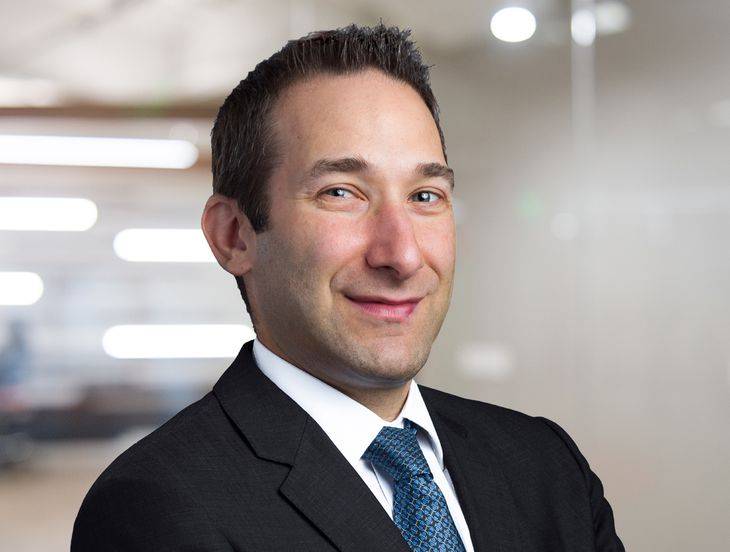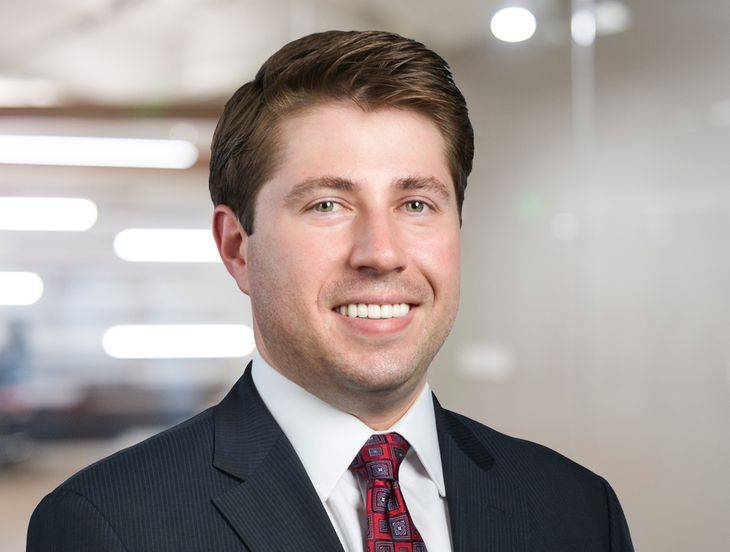New York Employers Have More Tools to Challenge “Frequency of Pay” Claims After Recent Win: Your Key Takeaways
Insights
1.22.24
If you’ve been tracking litigation related to New York’s “frequency of pay” requirement for manual workers, last week’s highly anticipated decision Grant v. Global Aircraft Dispatch brings welcome news to employers. The state law at issue regulates the frequency in which “manual workers” must receive their wages and mandates weekly pay for workers who fall under the broadly defined term. A worker’s right to sue under this law was recognized by the First Department in 2019, causing a surge of individual and class-action lawsuits and exposing employers to significant financial liability and windfall settlements. But the January 17 decision by the Second Department in Grant — coupled with increased attention by elected officials — may mark the end of this era of claims. What do employers need to know as New York courts and state officials continue to shed light on the issue? Here are your key takeaways.
Challenges for Businesses Under Frequency of Pay Law
Broad Definitions. New York’s frequency of pay law (NYLL § 191) provides that manual workers shall be “paid weekly and not later than seven calendar days after the end of the week in which the wages are earned.” A “manual worker” is broadly defined under the Labor Law as a “mechanic, workingman, or laborer.” The New York State Department of Labor (NYSDOL), whose interpretation of the statute is afforded deference by courts, has long considered employees to be manual workers if they spend more than 25% of their working time performing vaguely defined physical tasks.
Right to Bring a Lawsuit. In 2019, the First Department ruled in Vega v. CM and Associates Construction Management, LLC that there is a private right of action for workers to recover damages under NYLL § 198(1-a) due to delayed wage payments in violation of NYLL § 191(1)(a).
High Cost for Businesses. The damages calculation set forth by Vega was exorbitant: liquidated damages equaling the wages for the first week of any biweekly pay period (or similar semi-monthly pay period), interest, and attorneys’ fees for bringing the case. The decision opened the floodgates to individual claims, multimillion dollar class-action lawsuits, and settlements on behalf of employees claiming to be manual workers entitled to weekly pay. Notably, these employees were paid their full wages but contended they were damaged by the slight delay in receiving them.
Weighing the Options. Federal courts — which have been inundated with class-action lawsuits — have either felt compelled to follow Vega (despite some courts expressing reservations about its reasoning) or have agreed with the decision. Consequently, businesses of all sizes have been faced with a critical choice: settle and mitigate financial exposure or face the possibility of incurring damages amounting to half the payroll for manual workers over the NYLL’s six-year statute of limitations period. Many New York employers have switched to weekly payroll to avoid these expensive claims, although there is an option for certain employers to request a reprieve from weekly pay requirements from the Commissioner of Labor.
Impact of the New Ruling
In good news for employers, the Second Department declined to follow the reasoning of the First Department in Vega. Instead, the Second Department held that:
- there was no express private right of action or entitlement to damages under NYLL § 198(1-a) because paying an employee’s full wages on a biweekly basis did not constitute a nonpayment or underpayment of wages; and
- the legislative scheme did not support a finding of an implied right of action.
1. No Express Right for Worker to Sue
Rejecting the First Department’s Vega ruling, the Second Department concluded that “neither the language nor the legislative history” of NYLL § 198(1-a) supported the worker’s contention that the statute expressly provides a private right of action to recover liquidated damages, interest, and attorneys’ fees for violating the frequency of pay requirements where wages were paid pursuant to a regular biweekly schedule. As the Second Department explained, the payment of full wages on an agreed upon biweekly basis does not constitute a nonpayment or underpayment under NYLL § 198(1-a). This law pertains only to the nonpayment and underpayment of wages and does not, as reasoned in Vega, extend to the frequency of those payments.
As noted by the Second Department, NYLL § 198(1-a) provides for liquidated damages as an additional amount, not as a standalone, primary remedy. In this case, the worker confirmed receipt of all wages. Therefore, without showing an underpayment or nonpayment, liquidated damages, prejudgment interest, and attorneys’ fees were not available.
2. No Implied Right for Worker to Sue
The Second Department majority also rejected the argument that a private right of action should be implied. The court explained that “a private right of action cannot be implied from the statutory provisions and their legislative history unless, among other factors, creation of such a right would be consistent with the legislative scheme.” The court concluded that there were multiple official enforcement mechanisms for violations of Labor Law § 191 in place, foreclosing any finding of an implied private right of action.
The Second Department declined to rule on other issues on appeal, such as the worker’s ability to recover liquidated damages on a class-wide basis. However, the lower court and the concurring and dissenting Justice in Grant noted that the worker could not seek liquidated damages (viewed by courts to be a penalty) on behalf of the putative class members because NYLL § 198(1-a) does not explicitly provide for such recovery through a class action.
What Happens Next?
Uncertainty in the Court Remains. The worker has the option to appeal the decision or let it stand. If the worker does not appeal, the division between the First and Second Departments will persist until a case reaches the Court of Appeals that allows it to address the issue and render a definitive verdict. As indicated by the concurring and dissenting memorandum, the arguments set forth in Vega still have traction. So, uncertainty will continue to dominate in federal courts, where most of the class actions are being brought, until there is a final ruling or legislative change. You can expect, however, that some federal judges who are already critical of the rationale in Vega may rely on the Grant decision to find no private right of action, resulting in the dismissal of such claims. Other federal judges, however, will continue to follow Vega and allow frequency of pay claims to continue.
Location Matters. Geography becomes very important. The First Department covers Manhattan and the Bronx, while the Second Department covers the counties of Kings (Brooklyn), Queens, Dutchess, Nassau, Orange, Putnam, Richmond, Rockland, Suffolk, and Westchester. The Third and Fourth Departments cover the rest of the state. Where a potential plaintiff worked may, for now, be the most important criteria for determining potential liability.
Eyes on the Budget. To date, legislative efforts to address the consequences of the Vega decision have failed. However, eye-watering figures in class-action demands and settlements and the costs to employers (who have paid their employees all wages, albeit slightly late) have garnered attention from the media and now the Governor. Indeed, Governor Hochul’s most recent budget proposes revisions to NYLL § 198 to explicitly state that “liquidated damages shall not be applicable to violations of [191(1)(a)] where the employee was paid in accordance with the agreed terms of employment, but not less frequently than semi-monthly.” However, the Governor’s budget, including the legislative proposals, must be passed by the legislature, which in recent years has been increasingly employee-friendly, which means state lawmakers may be hesitant to pass a law that helps employers. The budget must be approved by April 1 (though it has been late in recent years), so we will have more insight either way soon.
Conclusion
We will continue to monitor further developments of New York’s frequency of payments law. Make sure you are subscribed to Fisher Phillips’ Insight System to get the most up-to-date information directly to your inbox. If you have questions about whether your policies comply with these new laws, contact your Fisher Phillips attorney, the authors of this Insight, or any attorney in our New York City office.
Related People
-
- Amanda M. Blair
- Associate
-
- Kathleen McLeod Caminiti
- Partner and Co-Chair, Wage and Hour Practice Group
-
- Brian J. Gershengorn
- Co-Regional Managing Partner
-
- Seth D. Kaufman
- Partner
-
- Sarah Wieselthier
- Partner




